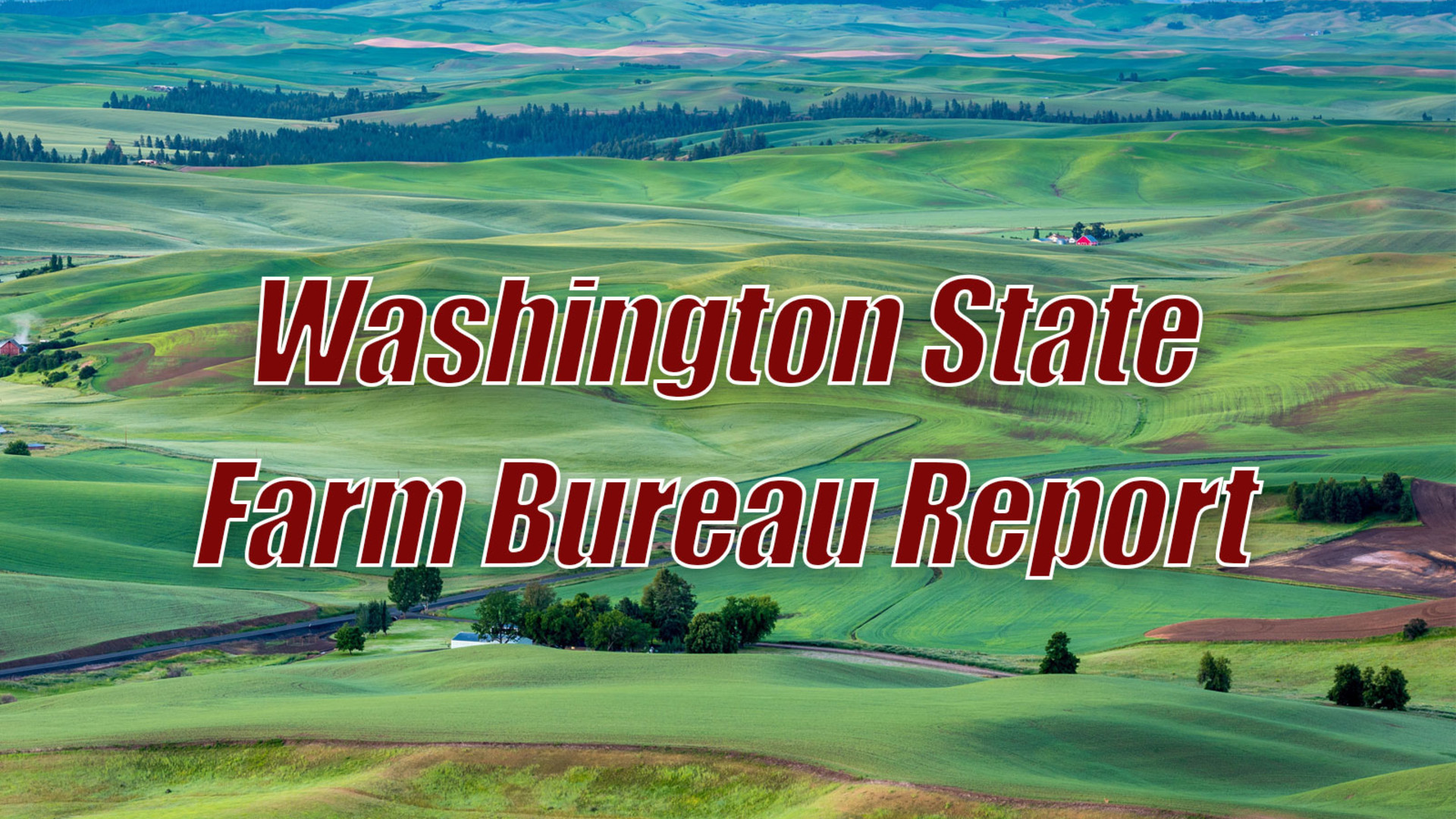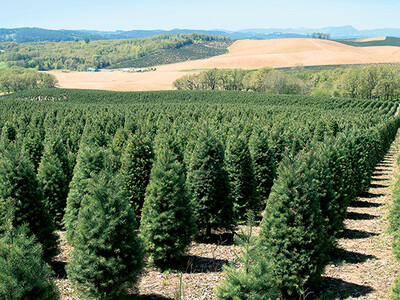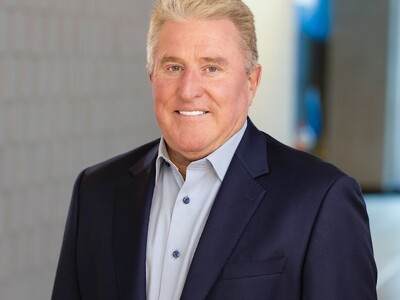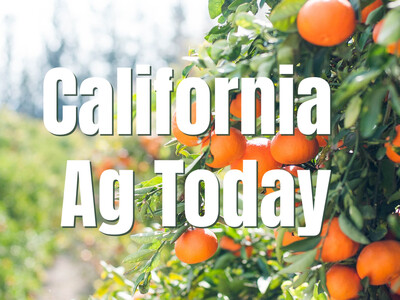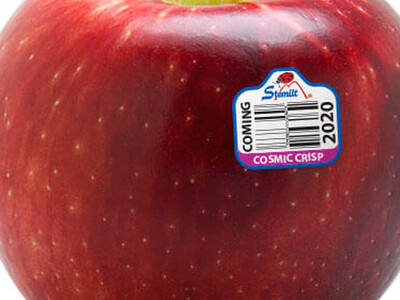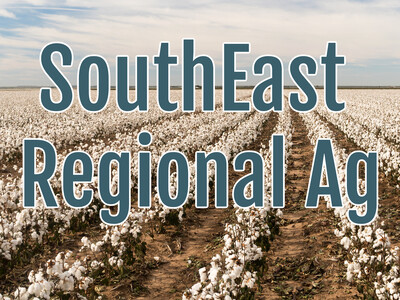Controlling Japanese Eelgrass
Controlling Japanese Eelgrass
I’m Lacy Gray with Washington Ag Today.
Kim Patten, horticulturist with WSU Long Beach Research and Extension Unit, has studied and tracked non-native Japanese eelgrass in the Willapa Bay area for years. He has seen first hand how it has come to dominate the ecosystem in Willapa Bay and devastate the $5 to $10 million shellfish industry there. In many areas of the world Japanese eelgrass is a protected species and up until last year was considered protected in Washington state. In 2012 the shellfish industry was able to have non-native invasive Japanese eelgrass declared a Class C noxious weed. Patten says that means shellfish growers are now getting to a position where they can begin to manage it on their farms.
PATTEN: It’s not a matter of eradication, it’s just a matter of getting the permission from state agencies - regulatory agencies to control the weed on your farm, which in the past we have not been able to do.
Patten explains what kind of control methods work on Japanese eelgrass.
PATTEN: You can mechanically disk or harrow it and sort of suppress it that way and there’s a few growers that do that. It’s something you have to do several times a year and it releases a lot of sediment and it’s not without issues. And then there’s a chemical called imazamox which actually has a marine label on a national level, but we’ve been working to get an NPDES to allow the industry to use it in Willapa Bay for controlling Japanese eelgrass.
Patten says that imazamox has a very benign chemistry and growers would be using very low rates, hence very low, non-target impacts. However, growers will probably not be able to use imazamox until permit approval from the Department of Ecology comes through sometime in 2014.
I’m Lacy Gray and that’s Washington Ag Today on the Ag Information Network.


